 Plans to redevelop the Domino Sugar refinery site along the Williamsburg waterfront were unanimously approved by the City Planning Commission Monday afternoon, but with modifications.
Plans to redevelop the Domino Sugar refinery site along the Williamsburg waterfront were unanimously approved by the City Planning Commission Monday afternoon, but with modifications.
The project was approved under the condition that its plans regarding parking spaces and a proposed commercial building be revised, according to the City Planning Commission. In response to the public, plus recommendations from the Commission, project developers Community Preservation Corporation Resources and the Katran Group have withdrawn an application for a special permit to build more parking spaces than what is currently allowed, the commission said. The proposed $2 billion project will now move to the City Council for final approval, which could happen as soon as this summer.
“The New Domino project will revitalize an 11-acre vacant and inaccessible waterfront site and adaptively reuse the recently landmarked sugar Refinery Building,” said City Planning Commissioner Amanda Burden, in a statement. “This development will, for the first time, create a significant publicly accessible open space along the quarter-mile South Williamsburg waterfront that has been closed to the surrounding community for decades.”
The project will create 2,200 units of housing, including 660 affordable units, four acres of high quality public open space, 143,000 square feet of community facility space, and office and retail space. The project, which will take 10 years to build, also involves redeveloping the 100-year-old landmarked refinery building and its famed Domino sign.
Last week, the City Planning Commission issued its final environmental impact report on the project, which detailed the approved modifications. The 133-page report called for a 50-foot reduction in the height of the planned office building overlooking Grand Ferry Park to reduce its shadow over the park.
“Changes made by the Commission to reduce the height of the northern-most commercial building will improve the relationship between that building and Grand Ferry Park,” said Ms. Burden. “Further, provisions have been added to the project’s Restrictive Declaration which will help facilitate the construction of a school in the Refinery Building, if warranted in the future.”
(Source: Crains New York)

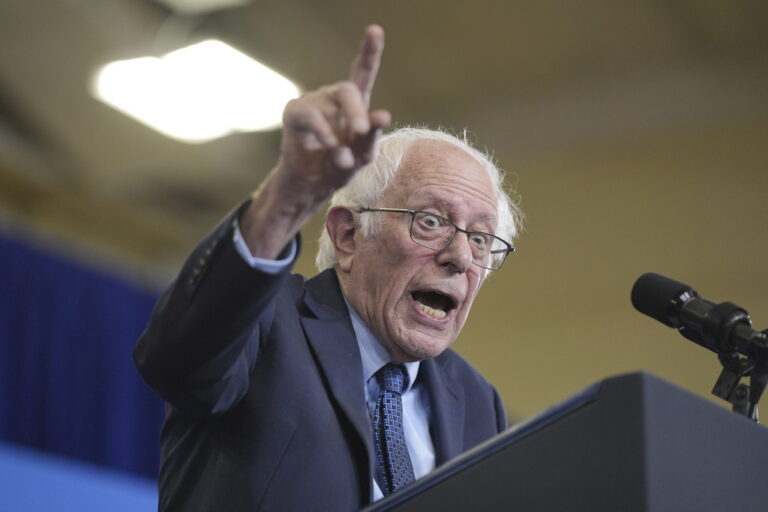
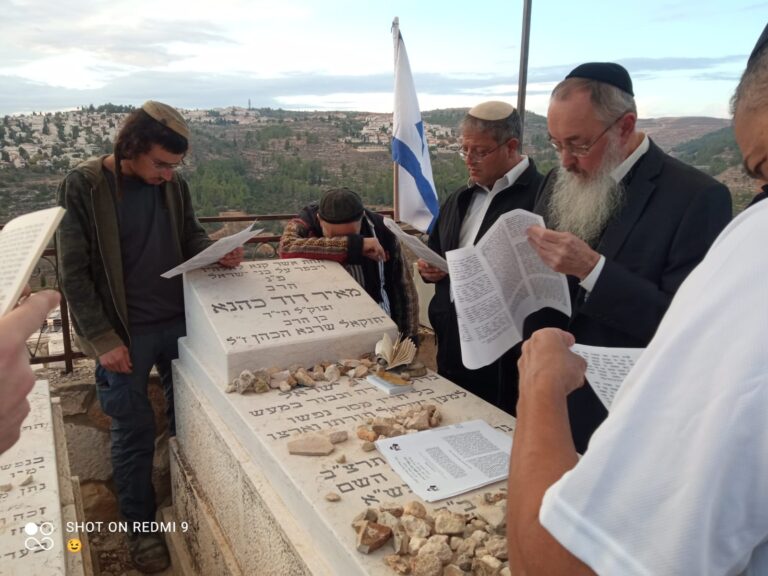
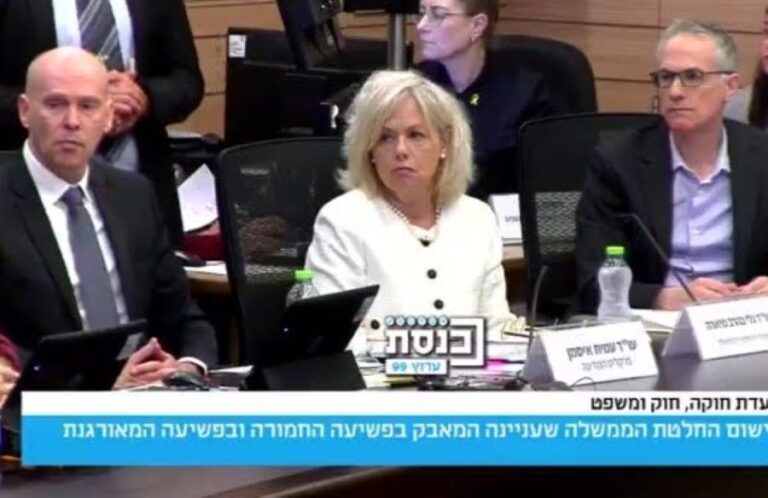


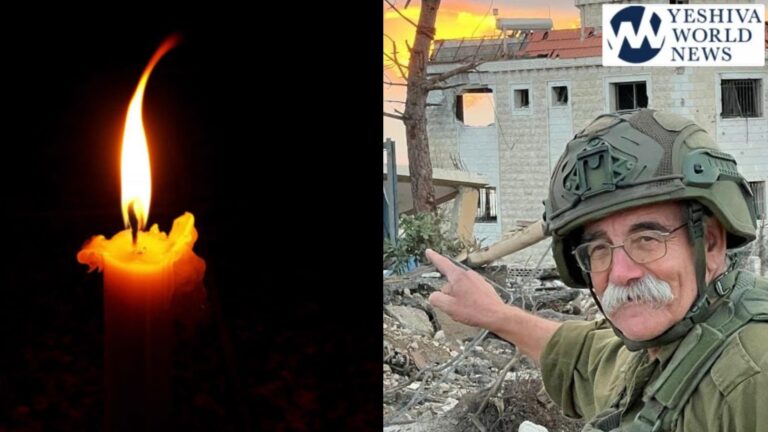



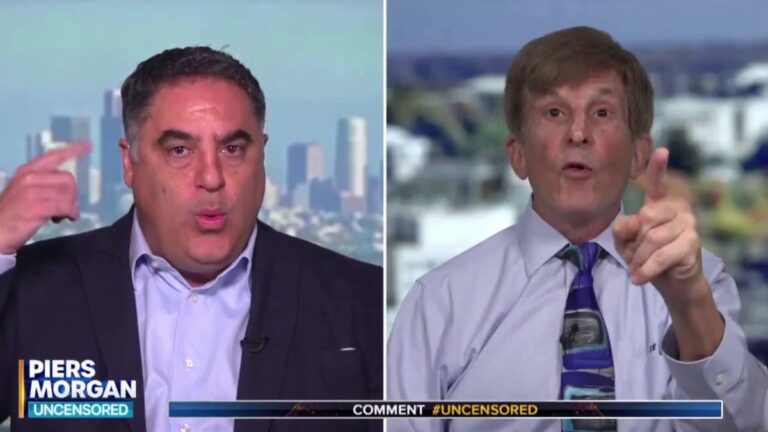
2 Responses
Kol Hakavod for Williamsburgh and how they deal with housing. For some reason they could have projects for the poor build buildings and Pisom and Ramses while here in Boro Park we have to stick to zoning from the 1900’s and stick to it!
Maybe they could give us some lessons on how to do it.
This is meant in reality not Chas V’Shalom sarcastically.
The Face-Off is a Reflection of the Community
The acrimony between the elected officials in this “New Domino” fiasco is indeed a reflection and reflector against the antics of the community organizations–who, it almost goes without saying, are frequently in dialogue with those officials and shape their attitude to politics and to their political peers. Before New Domino, North Brooklyn enjoyed a unique and broad coalition of community organizations shattered by “Broadway Triangle” (Williamsburg locals know what I’m referencing).
In the current state, that former coalition bickers, marring dialogue and preventing the imagination required to forward an array of proposals and counter-proposals against the blandness and impotency of the one “main plan” by Community Preservation Corporation Resources. Most of that bickering comes from and is fueled by an even looser association of so-called “independent persons” in the community, who behave more like charlatans, given in to the politics of innuendo and slander–that is, innuendo and slander of the Hispanic community.
Resentful towards negotiation involving affordable housing for that community by its own representatives, this informal “independent” association, led by a venal landlord with deep ties to the gentrification of that Hispanic community, has polluted the discourse with unsubstantiated claims of unethical behavior, civil and criminal offenses, as well as purporting criminally inappropriate associations between the main developer and Hispanic community organizations who have prevailed against housing lapses in Williamsburg for the past five decades. This informal association has even compelled a local media organ to portray the Hispanic community without flatter (to be kind) and has attempted to prevent responses by the community representatives it has targeted. And during this pollution, this informal association has not seen fit to offer counter-proposals, or even forum for ideas, or otherwise engage the Hispanic community, while simultaneously condemning the Hispanic community for short sightedness, lack of counter-proposals, and forum for ideas. Whereas the tensions between the local officials have begun to see the light of media, and thus condemned to superficial observation and comment. If Yeshiva World or anyone wishes a more nuanced, complete and intriguing account of the politics behind “New Domino,” it would behoove them to investigate how the larger Williamsburg community has undone itself by rejecting their Hispanic peers.